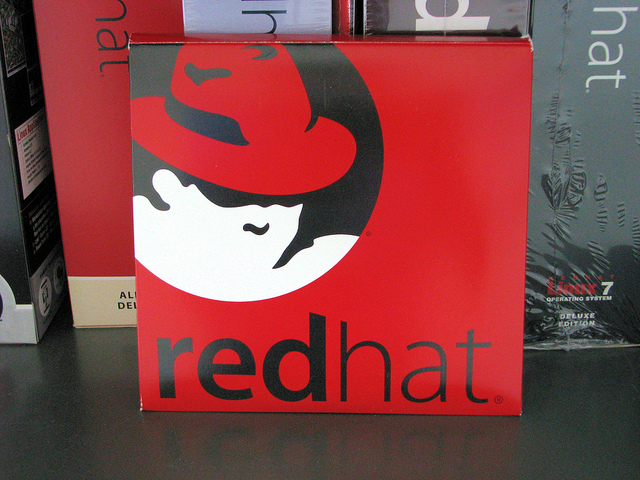 CLOUD
CLOUD
 CLOUD
CLOUD
 CLOUD
CLOUD
Four months after buying up CoreOS Inc. in one of the most significant acquisitions in the tech industry this year, Red Hat Inc. Wednesday outlined how it’s planning to integrate the company’s technology into its own stack.
The acquisition in January was seen as an attempt by Red Hat to bring in more talent and expertise to enhance its OpenShift Container Platform, which is a distribution of the popular open-source Kubernetes orchestration tool for containerized software. The popularity of software containers has grown rapidly among developers because they allow for applications to be built in an isolated environment that decouples them from the underlying hardware so they can run anywhere unchanged.
Red Hat said at its Red Hat Summit event Wednesday that it plans to bring CoreOS’s Kubernetes distribution Tectonic, its container registry Quay, and its lightweight Linux distribution Container Linux into its wider portfolio of container technologies. However, CoreOS’s popular rkt container standard will not be integrated with Red Hat’s platforms, and will instead be left for the open-source community to develop.
First of all, Red Hat said it’s planning to integrate Tectonic with OpenShift, giving it the ability to manage large Kubernetes clusters with automated “over-the-air” updates. What this means is that users can automate the process of rolling out upgrades to entire Tectonic clusters and their underlying Container Linux hosts. This ability, paired with OpenShift’s application development capabilities and reliability will make managing Kubernetes deployments at scale far easier than before, eliminating the need for constant administrator action, the company said.
Container Linux will be united with another CoreOS offering called Project Atomic, which is built atop a lightweight operating system called Atomic Host. The new product will be called “Red Hat CoreOS” and will function as an “immutable, container-centric” operating system that serves as the foundation for the OpenShift Container Platform.
Red Hat said one of its overriding goals with these integrations is to provide automation at every layer of its cloud stack. The company plans to extend this automation to its independent software vendor ecosystem, allowing ISVs to deliver apps and services on top of Openshift-based hybrid clouds.
Another of CoreOS’s technologies, the Kubernetes Operator framework, which is used to extend the Kubernetes application programming interface for building complex stateful applications, will also be brought under Red Hat’s wing. The company said it will be integrated into OpenShift, allowing users to build services that “just work” across any Kubernetes-based cloud.
Finally, the container registry Quay will now be known as Red Hat Quay. OpenShift already has its own integrated container registry, but Quay is a better option for those that need “enterprise-grade” capabilities, the company said.
Red Hat said the integrations will become available in future versions of OpenShift. Red Hat Quay, however, is available starting today.
THANK YOU